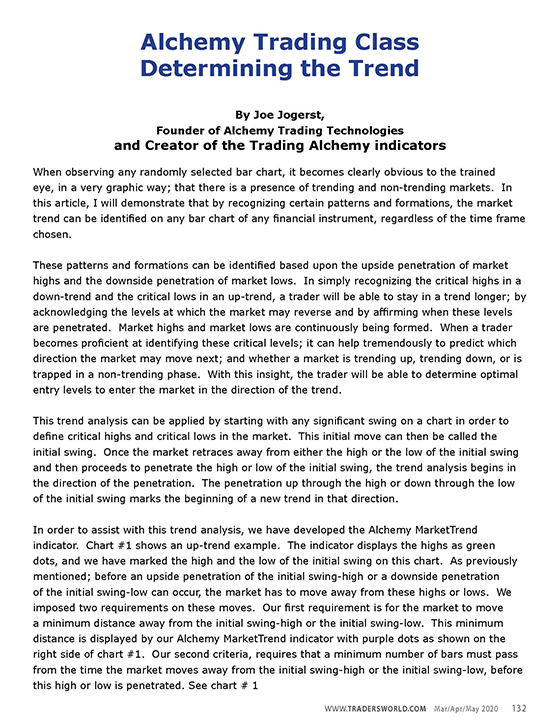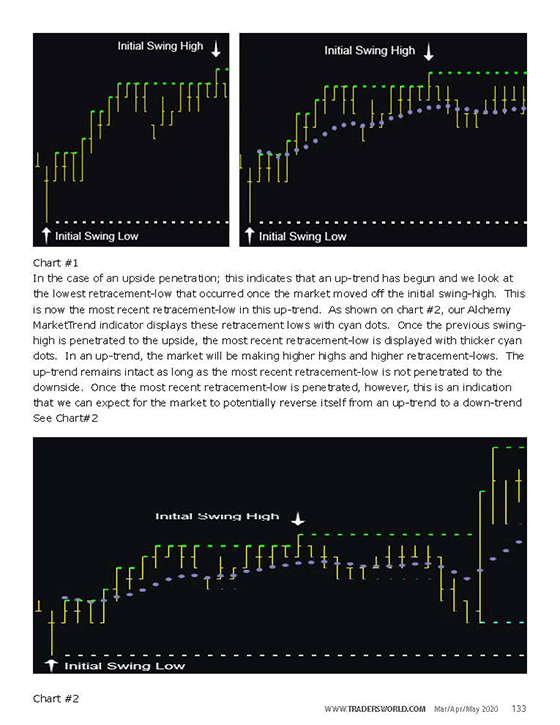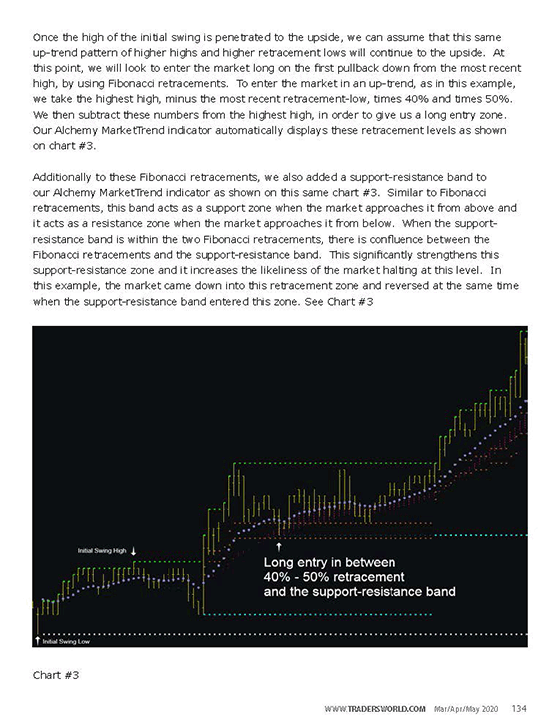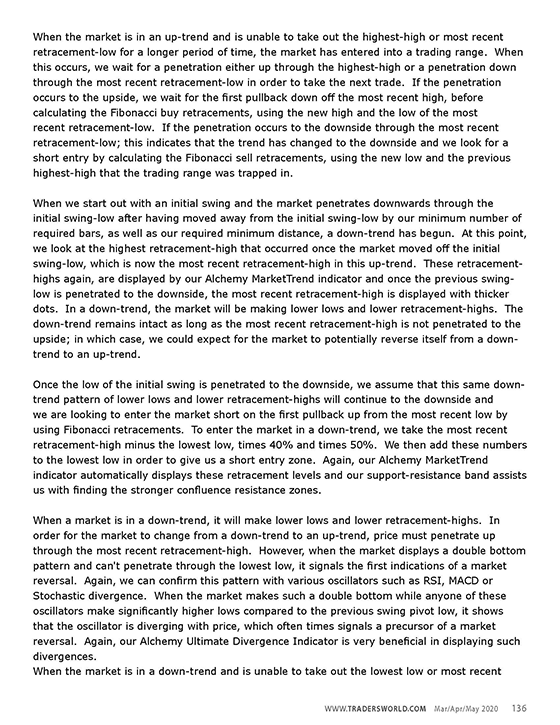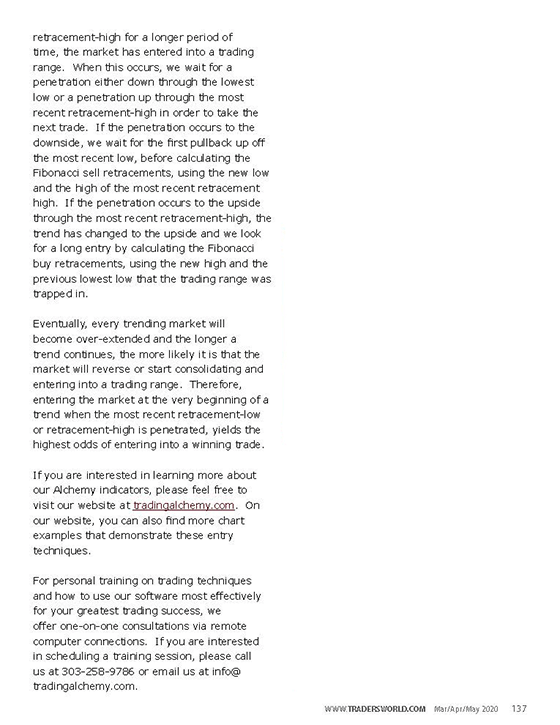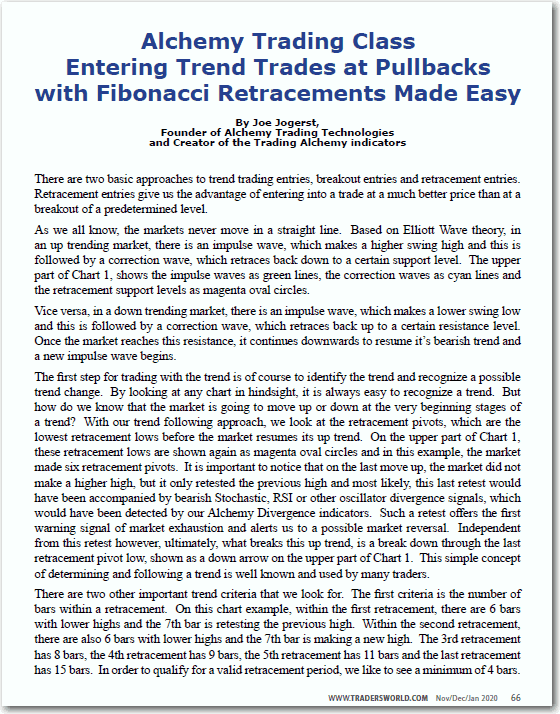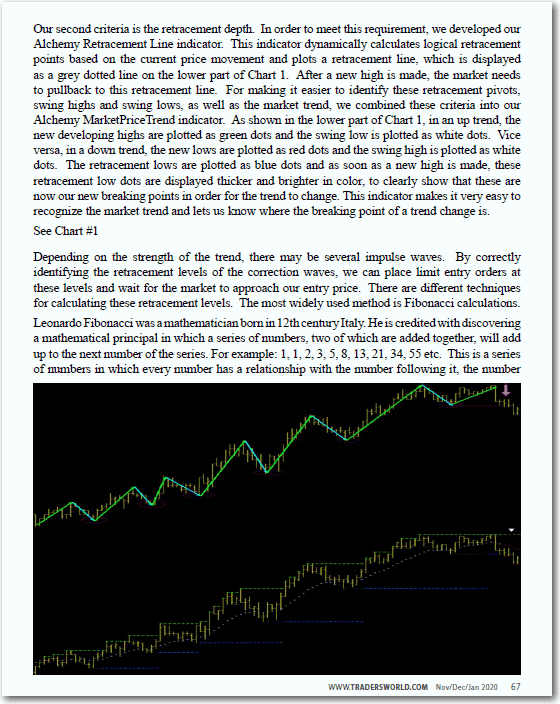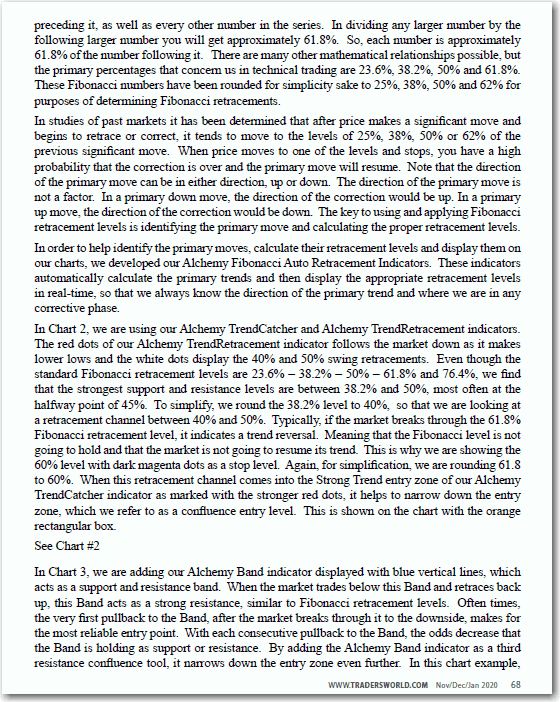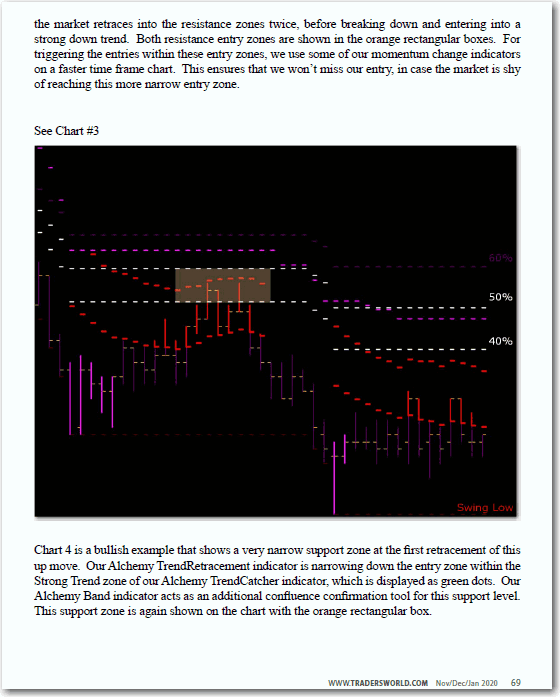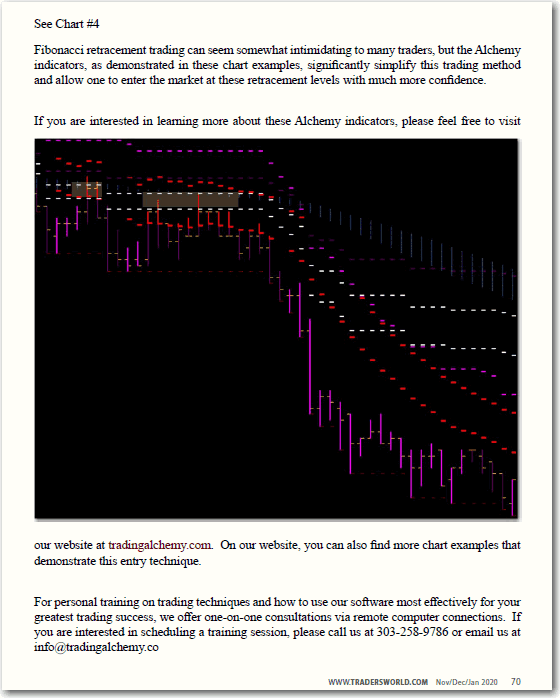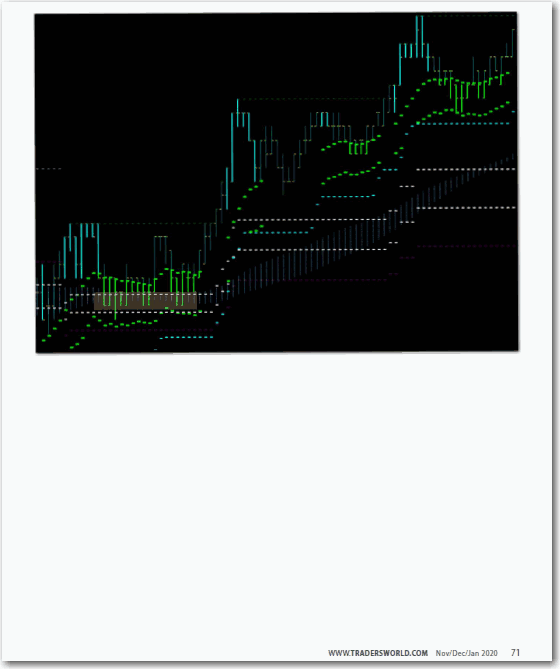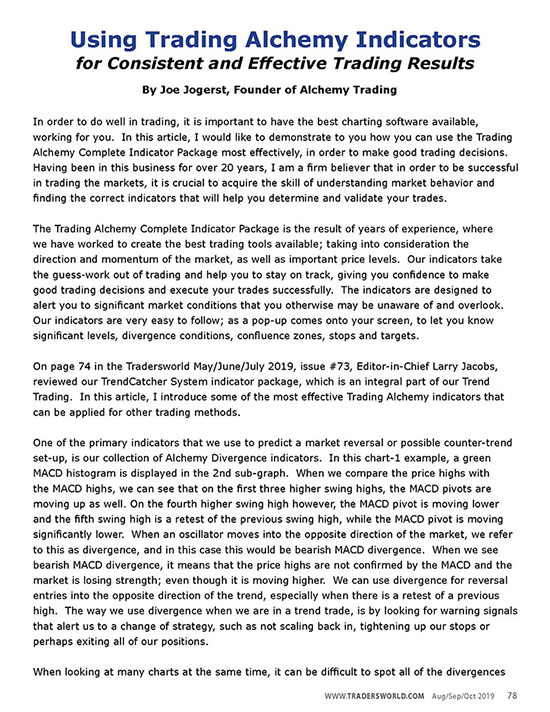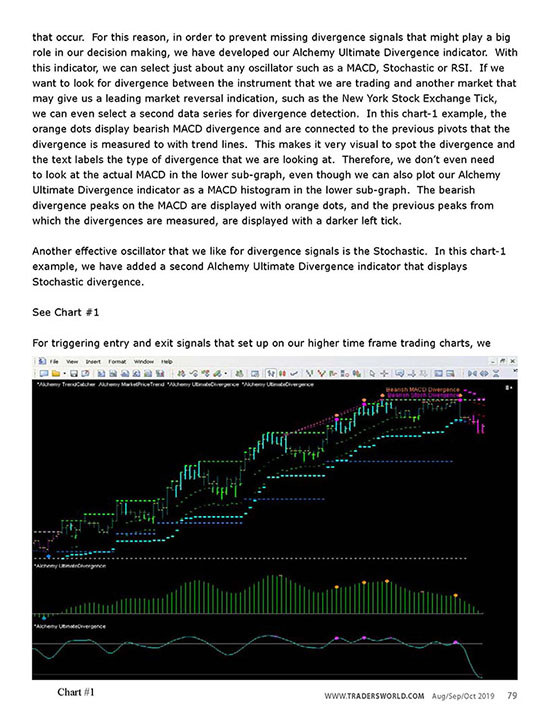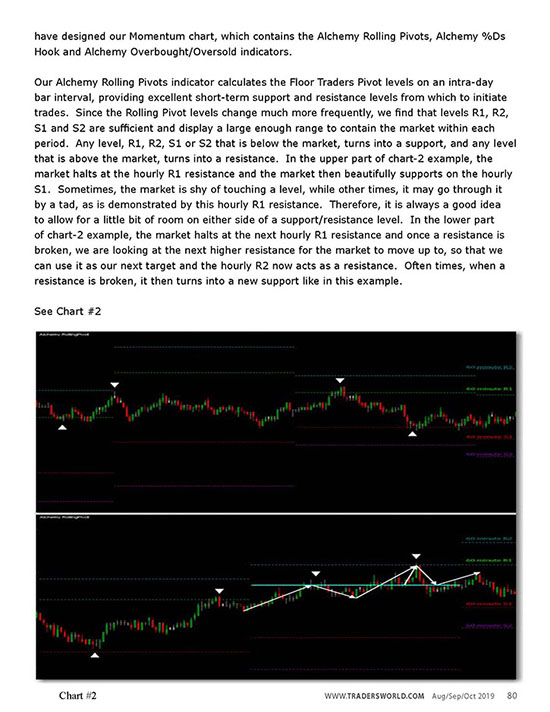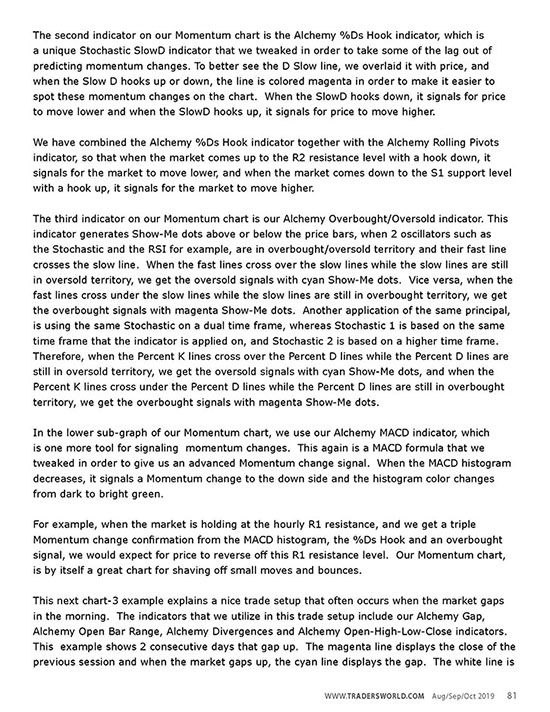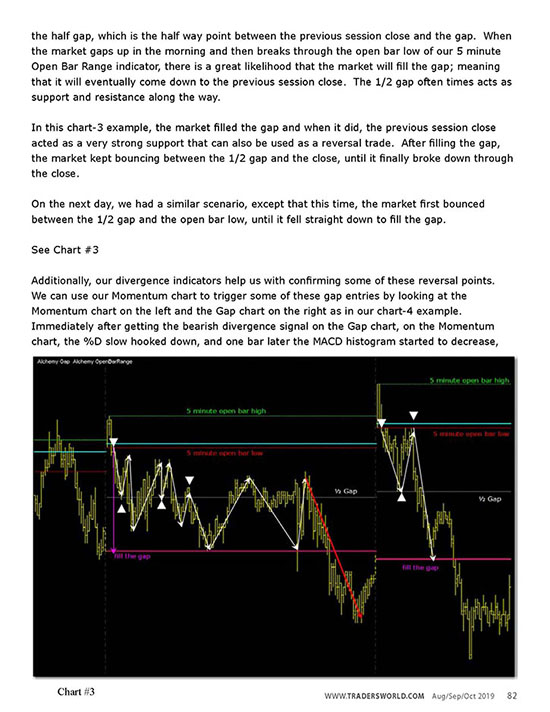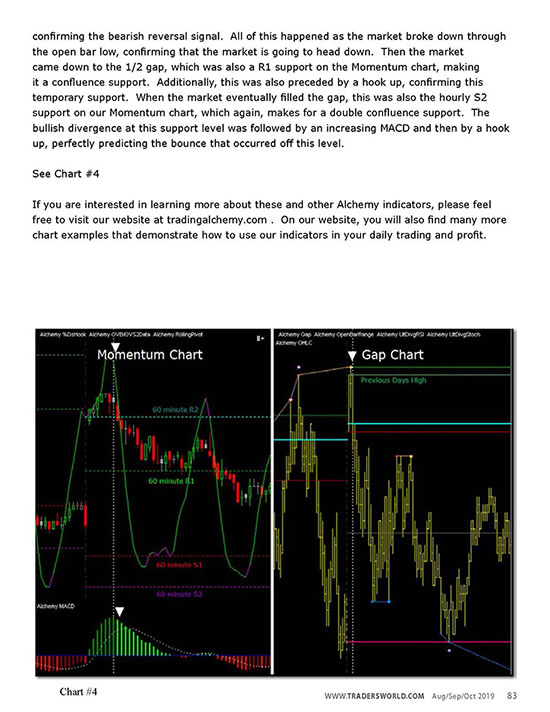Turning Market
Analysis into Profits
There are a lot of words that get
used in trading and investing on a daily basis that are
misapplied by the investors using them. While the simple
semantics do not really matter, understanding what is being
derived or the goal of the process is incredibly important. In
the futures market, knowing the difference between an analysis
of the market and what has been happening and using that to
forecast what is going to happen turns information into
something actionable so that you can take a position and
potentially realize a profit.
A complete trading system and
strategy will not only allow you to use the analysis to forecast
a trend, but it will also allow the emphasis to be placed on the
proper indicators to watch for a signal to enter or exit a
position. While in a perfect world, accurately predicting a
trend will allow you to take a position and make a profit,
to maximize profits and limit losses the use of signals to
determine optimal timing is imperative. The proper
timing based on signals will allow timing to be based on what
the market is most likely to do rather than what it has already
been doing. This is a proactive strategy that will extend
profitable runs to their full potential while at the same time
allow you to exit sooner from a losing position before it
becomes a trend.
The proper use of signals is
essential for automated trading. While watching a single
position or two closely is doable (if time consuming), for
serious traders with multiple positions and pairings running
simultaneously, some automation is imperative. The setting of
stops based on actual signals instead of simply choosing price
points will prevent inadvisable entry or exit caused by a
single large transaction that causes blip in the daily chart.
This will prevent the retrospective second guessing that occurs
at the end of the trading day when you look at a short profit or
even a loss caused by a 15 minute spike or dip and not reflected
in the overall results of the day.
The selection of which signal to
follow is largely a matter to be determined by each investor.
The signals are based on numerous different strategies that are
available. A quality forex trading platform will allow the
individual investor to employ a variety of different strategies
and to import the indicators needed to implement the strategy
chosen.
Versatility of a platform, such as
the TradeStation of MultiCharts platforms, can be judged by ease
with which it can be adapted for use with various strategies.
The more versatile platforms will allow investors that use
sub-routines and tailored indicators to place trades based on
their analysis and indicators of choice rather than being
limited by the pre-sets on a platform. This is instrumental to
the serious investor as it allows them
to use indicators and signals beyond the most basic used by
large numbers of casual investors. This is what
separates and increases their potential for profits. Simply
using the pre-sets causes an investor to be lumped in following
the same buy and sell guidelines that propel trends and unable
to capitalize on greater potential available by more in-depth
analysis. The availability of advanced strategies and indicators
makes it possible for individual investors to realize results
and profits comparable to those of large brokerage and corporate
investors in years past.











